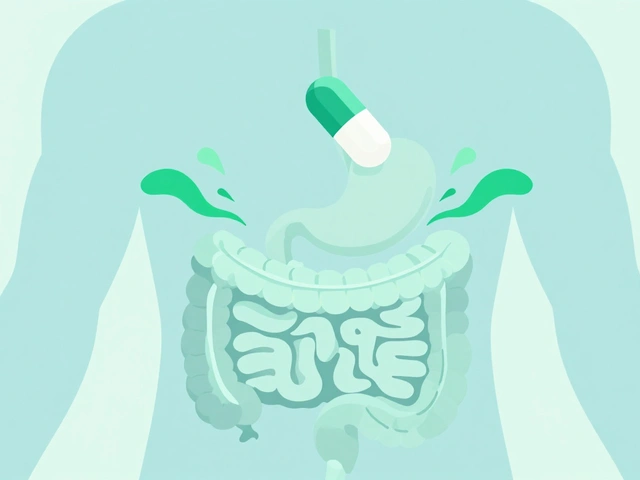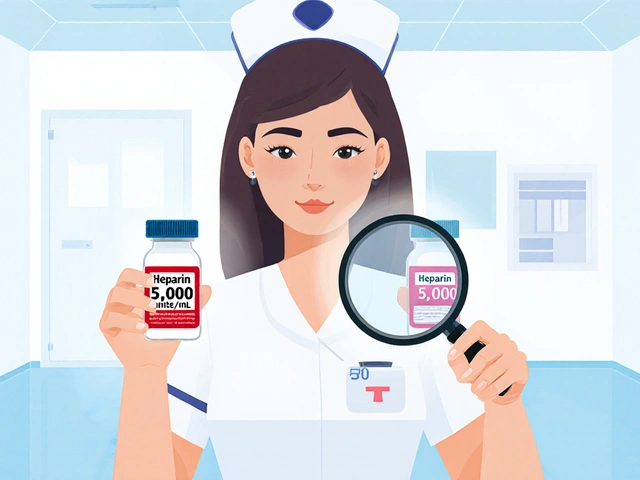Urinary Spasm Relief: Fast Ways to Calm Your Bladder
If you’re dealing with sudden, painful bladder squeezes, you’re not alone. Urinary spasms happen when the muscles around the bladder contract too hard or too often. This can cause urgency, nighttime trips, and even leaking. The good news is many everyday actions can tone down those cramps without a trip to the pharmacy.
Simple Lifestyle Tweaks that Work
First, watch what you drink. Caffeine, alcohol, and sodas can irritate the bladder and make spasms worse. Try swapping coffee for herbal tea and cutting sugary drinks. Staying hydrated is still key—drink water, but spread it out through the day instead of gulping large amounts at once.
Second, train your bladder. A basic schedule—going every three to four hours—even when you don’t feel the urge, can teach the muscles to relax. When you feel a spasm coming on, pause, take a few deep breaths, and gently press a warm compress to your lower abdomen. The heat helps the muscle unwind.
Over‑the‑Counter and Prescription Help
If lifestyle changes aren’t enough, OTC options are a good next step. Antihistamines like diphenhydramine (Benadryl) have a mild muscle‑relaxing effect that can reduce urgency. A small dose before bedtime often eases nighttime spasms. Keep an eye on drowsiness and avoid driving after taking them.
For stronger relief, doctors may prescribe anticholinergics (such as oxybutynin) or beta‑3 agonists (mirabegron). These medicines calm the bladder’s overactive signals. Muscle relaxants like baclofen are another option, especially when spasms are tied to nerve issues. Always discuss side effects—dry mouth, constipation, or dizziness—with your pharmacist.
When you should see a doctor: if spasms are frequent, painful, or causing leaks that affect daily life; if you notice blood in urine; or if you have fever or back pain. These could signal infection or a more serious condition that needs testing.
Bottom line: start with easy changes—cut bladder irritants, keep a regular toilet schedule, and use heat for quick relief. If you need a stronger push, OTC antihistamines or a prescription can help, but always check with a healthcare professional first. With the right mix of habits and medication, you can keep urinary spasms in check and get back to living without constant bathroom trips.
Everything you need to know about Urispas: what it treats, how it works, dosages, and patient advice. Real tips, clear facts, zero fluff. Your personal, detailed Urispas handbook.



 Medications
Medications




